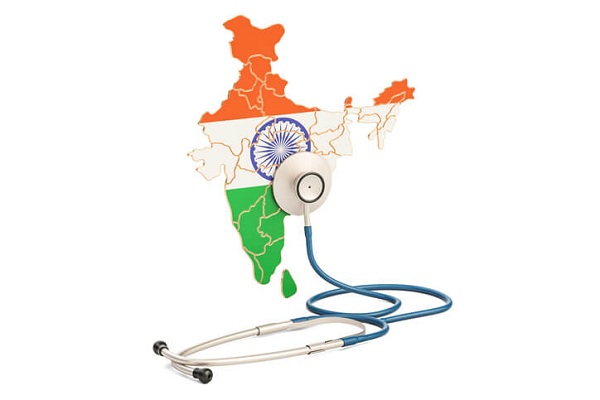In India, ensuring widespread immunization against measles remains a crucial public health challenge. A recent study conducted by researchers from the Ministry of Health and Family Welfare and Banaras Hindu University sheds light on the concerning gap in measles vaccination coverage among children aged 2-3 years.
According to the findings, nearly 12% of eligible children in India have not received any of the recommended double doses of measles vaccine. This alarming statistic exposes the need for targeted interventions to improve immunization rates and prevent the spread of this highly contagious viral disease.
The study, published in the journal Vaccine, analyzed data from over 43,000 children collected through the National Family Health Survey 2019-21 (NFHS-5). It revealed disparities in vaccination coverage across different states and districts, with some regions reporting significantly higher zero-dose cases than others.
One of the key findings of the study was the prevalence of zero-dose cases in the northeastern states, particularly in Nagaland, where 26% of eligible children had not received any dose of the measles vaccine. On the other hand, Tamil Nadu reported the lowest zero-dose cases at 4.6%.
The analysis also highlighted significant inter-district variations within states. For example, in Uttar Pradesh, districts like Prayagraj and Banda had much higher proportions of zero-dose cases compared to Hapur and Etawah.
Socio-demographic factors were found to influence measles vaccination status, with children from lower socioeconomic backgrounds and those with less educated mothers being less likely to receive the vaccine. Vaccine hesitancy, influenced by cultural beliefs and misinformation, also contributed to lower immunization rates in certain communities.
The COVID-19 pandemic further exacerbated the challenges in measles vaccination efforts, leading to disruptions in immunization programs and increased vulnerability to outbreaks. While vaccination programs have gradually resumed, addressing the needs of zero-dose children remains a priority to achieve measles elimination goals.
The study highlights the importance of tailored strategies to address the specific needs of communities with low immunization coverage. It emphasizes the need for last-mile efforts and intensified vaccination campaigns to reach the target of 95% vaccine coverage for population-level immunity.
In conclusion, closing the immunization gap for measles is essential to protect the health and well-being of children across India. By identifying and addressing the barriers to vaccination, we can work towards achieving sustained measles elimination and ensuring a healthier future for all.

 The study highlights the importance of tailored strategies to address the specific needs of communities with low immunization coverage.
The study highlights the importance of tailored strategies to address the specific needs of communities with low immunization coverage.










.jpeg)







.jpeg)

.jpg)










